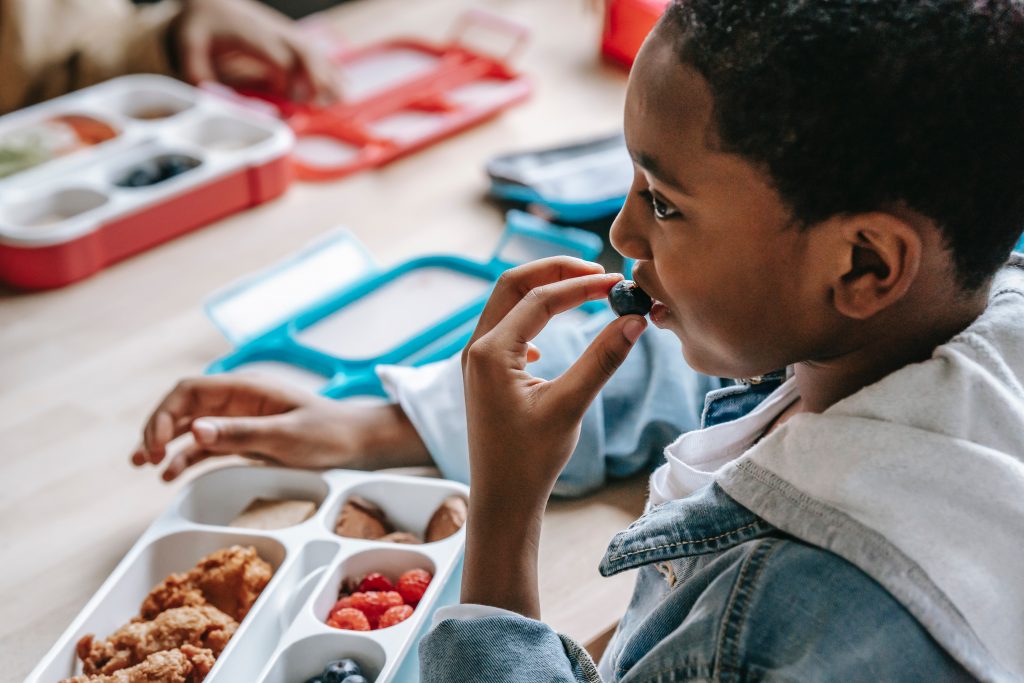Bite-sized behaviour change
Fast Company wrote about a study in the journal Nature Human Behaviour, which found that sharing nutritional information with children in an investigative journalism format reduces their purchasing of unhealthy snacks over the long-term. Pretty great, right? Well, if you’re a marketer asking yourself, ‘What can I do with this information?’ let’s break things down.
Behavioural science tells us that when habits are strong, intentions have little effect on behaviour, thus they become a better predictor of what people do. If you’ve ever tried to quit smoking or stick to a gym regimen, then you yourself have experienced the power of habits firsthand.

Unfortunately, so much of today’s marketing invites a one-time buy or instant transaction. They play to our better (or worst) intentions, not to our habits. If you want to build interventions that last, and customers that are in it for the long-term, it’s important that you remember this: when you get consumers to think differently, they’ll act differently. To do this, there are a few powerful considerations you’ll need to make:
1 / Marcomms consists of three components
Message (what is said), mode (where it’s said), messenger (who is saying it). Stripping away even one of these components will lead to an unrealistic expectation of outcomes. Remember – the influence that a campaign has is impacted as much by who and where it’s being said as what’s being said.
2 / Emotion is a powerful tool
One bias that we often talk about with clients is the ‘Affect’ heuristic – how we feel influences how we think and the decisions we make. It’s important to remember that this feeling is strongest in situations where people are under time pressure to make a choice. When you free consumers of those constraints, removing the ‘real-world’, it becomes much easier to influence the outcome.
3 / Loss-Aversion
People prefer avoiding losses around twice as much to acquiring equivalent gains. When it comes to this bias two things come to mind – time and money. Young or old, time is always a factor, and as it increases in pressure, the easier choice will win out. When it comes to cost, it’s again much easier to influence choices when this variable is removed from the equation.
At Incite, we spend a lot of time understanding human behaviours and designing frameworks that help brands to propel their target audiences towards desired outcomes. Discover how we helped one of our clients understand how consumer behaviour would evolve post Covid-19 and impact their business outlook here. And to find out how we can help your business, get in touch.



